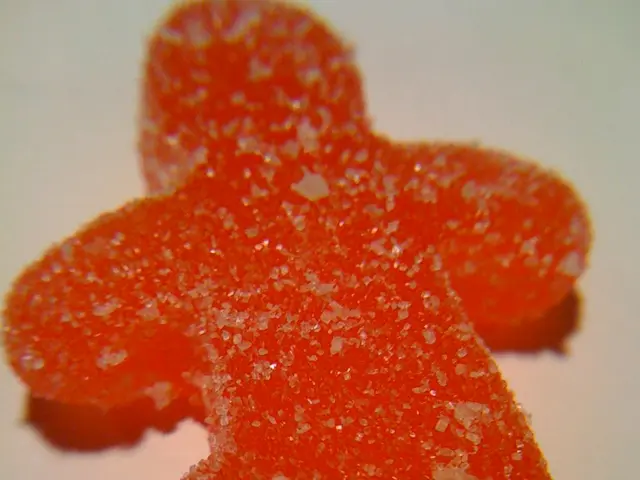Iron Emissions Toss Off Ocean Habitats: A Global Impact On Marine Life
Oceanic environments disrupted by industrial pollutants - Oceanic environment disrupted by industrial pollutants emitted into the sea
Hey there! Here's the lowdown on how industrial emissions are wreaking havoc on sea life, thousands of miles away from the source.
You Need to Know This:
- Iron travels from industrial zones via the atmosphere, eventually landing in the sea through rainfall. This has far-reaching implications for marine ecosystems. Lead researcher Nick Hawco of the University of Hawaii said, "This is a prime example of human pollution reaching our oceans and affecting marine ecosystems – even when it's far distant from the source."
- The North Pacific, specifically a region beyond Hawaii, is a hotspot for this pollution, as it lies downwind from major industries in East Asia. Formerly, the impact on the region's vital fishing sector was unclear.
- In analyses of water samples, phytoplankton, and ocean dynamics from four expeditions, the team found that an iron deficiency exists in the studied region during spring, which is compensated by additional iron, boosting the typical spring phytoplankton growth.
- This enhanced growth results in quicker consumption of other nutrients and, subsequently, a decline in population later in the season. This finding correlates with satellite measurements, which show a shorter but more potent spring bloom followed by nutrient-depleted conditions in the summer.
- As Phytoplankton serve as the foundation of marine food chains, changes in their growth period could affect the biomass of marine life forms, fish included. However, a direct connection between anthropogenic iron input and observations of marine mammals or fisheries has not been established yet.
- By analyzing the isotopic composition of the iron, the researchers distinguished between natural and industrial sources. The amount of industrial iron input is substantial, with roughly 40% of the surface water's iron content coming from industry.
In the big picture, industrial iron emissions can substantially impact marine ecosystems in the North Pacific, modifying phytoplankton growth and, potentially, disturbing fisheries and marine life. Reducing emissions, improving wastewater treatment, and ongoing monitoring may be crucial to mitigate these consequences.
- The community policy should address the issue of industrial emissions and their impact on marine ecosystems, particularly in regions like the North Pacific that experience heavy pollution from East Asian industries.
- Schools and workplaces could implement health-and-wellness and fitness-and-exercise programs to promote awareness about the global impact of industrial pollution on marine life, encouraging individuals to make eco-friendly choices.
- Partnerships between environmental science researchers and climate change advocates could aid in developing comprehensive employment policies that prioritize the reduction of industrial emissions, minimizing damage to marine environments and promoting a sustainable workplace culture.






